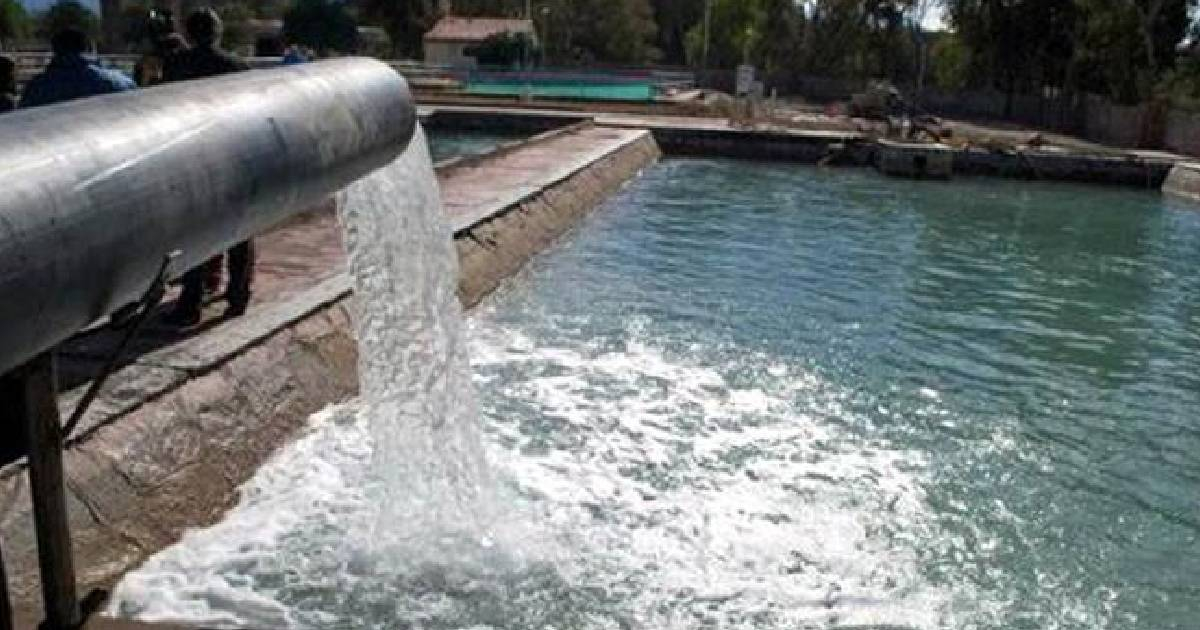
Although Pinar del Río "has enough reserves to meet the demand of its population", the conduits and other systems for supplying the vital liquid to the population do not synchronize in order for the inhabitants of that province not to suffer from scarcity.
In addition to this, frequent system breakdowns occur, forcing the extension of supply cycles, while the passage of hurricanes and delays in recovery continue to make life difficult for the people of Pinar del Río.
A review of the situation, made by the official newspaper Granma, recounts the story of Maray García, a resident from Pinar del Río living in a house next to the León Cuervo Rubio hospital in the provincial capital. She says, "It's unsustainable, and we don't even understand why it's happening."
García has had to buy water pipes at a price ranging from 3,000 to 5,000 pesos, much higher than the average salary of a Cuban who lives off what is approved by the State.
However, the official dissemination organ of the Communist Party of Cuba (PCC) indicates that several investments have not yielded the expected results.
Among them, it lists a floating water intake installed at the Guamá dam, which two years after being installed, still does not work and does not benefit an area where more than 17,000 people live.
Incoherently, a manufacturing defect makes the outlet unusable, despite the expenditure of one million pesos to carry out the project.
Its purpose was to improve water quality by pumping water from the reservoir to a water treatment plant located at kilometer five of the road to Luis Lazo, and from there to thousands of homes.
Robert Hechavarría, general director of the Water and Sewerage Company, explained about another investment that is not working in Pinar del Río.
It is about a road connecting Herradura, which was planned to improve the service in that area of the municipality of Consolación del Sur. Now it is not working either, and Hechavarría said that the blame lies with the residents themselves.
"People started connecting directly to the pipeline, many of them with thick one-inch or even larger connections, and that ended up causing the initial issue that led to the investment to persist. The ends of the network continue to be affected because the water doesn't reach them," Granma stated.
The note also quotes the President of the National Institute of Hydraulic Resources (INRH), Antonio Rodríguez, who they say stated that the arrival of 10 pumping units in 2022 would help improve the water supply.
However, promises still don't seem to be fulfilled, even though they assure that after Hurricane Ian passed, "efforts would be multiplied."
According to the report, they are currently undertaking work to interconnect two of the main pipelines that supply the provincial capital and the construction of a bypass between kilometers five and 2 ½ of the road to La Coloma, in order to reduce losses along the route, as well as another one from kilometer 2 ½ to the pumping station of what is known as ring one.
In addition, they intend to replace over two kilometers of center-steel pipeline, corresponding to the city's bypass, which had already been in operation for many years and had numerous leaks.
In addition to this, there is an ongoing investment to improve the service for around 10,000 residents of the people's council Celso Maragoto, and part of Jagüey Cuyují.
While just a few weeks ago the arrival of ten new equipment for the pumping systems signaled improvements on the horizon for the people of Pinar del Rio.
Granma collects other complaints from the population and lists a series of government visits to that territory, but the solution still remains unaddressed.
At mid-year, Alexis Acosta Cruz, vice president of OSDE Water and Sanitation, confirmed that in Cuba only half of the population receives the service in a stable and safe manner.
In statements made on the Round Table, Acosta explained that in the country there are 2,600 locations with aqueduct systems, more than 3,000 pumping stations, and over 24,000 kilometers of networks and aqueducts that benefit more than 8.8 million people.
The water scarcity has caused Cubans to protest demanding the supply of the vital liquid.
Recently, residents of Old Havana gathered at the intersection of Egido and Acosta streets to protest the water shortage that had been affecting them for over ten days, as the government had not offered them any solution.
The protest started at 9 p.m. on Monday, and the neighbors blocked the circulation on that Havana street with stones and buckets of water.
What do you think?
COMMENTFiled under: